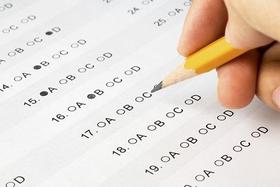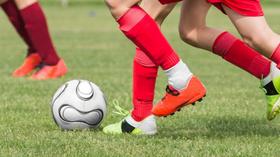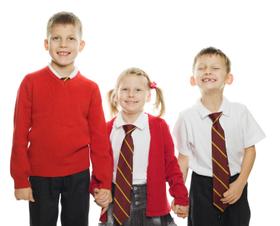For the 2025-26 school year, there are 5 public elementary schools serving 1,669 students in Woodland School District. This district's average elementary testing ranking is 7/10, which is in the top 50% of public elementary schools in Washington.
Public Elementary Schools in Woodland School District have an average math proficiency score of 40% (versus the Washington public elementary school average of 43%), and reading proficiency score of 50% (versus the 51% statewide average).
Minority enrollment is 28% of the student body (majority Hispanic), which is less than the Washington public elementary school average of 52% (majority Hispanic).
Overview
This School District
This State (WA)
# Schools
7 Schools
1,833 Schools
# Students
2,404 Students
740,174 Students
# Teachers
131 Teachers
44,879 Teachers
Student-Teacher Ratio
18:1
18:1
Student By Grade
District Rank
Woodland School District, which is ranked within the top 50% of all 306 school districts in Washington (based off of combined math and reading proficiency testing data) for the 2022-2023 school year.
The school district's graduation rate of 84% has increased from 68% over five school years.
Overall District Rank
#115 out of 307 school districts
(Top 50%)
(Top 50%)
Math Test Scores (% Proficient)
37%
41%
Reading/Language Arts Test Scores (% Proficient)
52%
53%
Science Test Scores (% Proficient)
49%
49%
Graduation Rate
84%
84%
Students by Ethnicity:
Diversity Score
0.44
0.69
% American Indian
n/a
1%
% Asian
1%
9%
% Hispanic
21%
26%
% Black
1%
5%
% White
72%
48%
% Hawaiian
n/a
2%
% Two or more races
5%
9%
All Ethnic Groups
District Revenue and Spending
The revenue/student of $18,673 in this school district is less than the state median of $18,796. The school district revenue/student has stayed relatively flat over four school years.
The school district's spending/student of $18,161 is less than the state median of $19,247. The school district spending/student has stayed relatively flat over four school years.
Total Revenue
$45 MM
$20,715 MM
Spending
$44 MM
$21,212 MM
Revenue / Student
$18,673
$18,796
Spending / Student
$18,161
$19,247
Best Woodland School District Public Elementary Schools (2025-26)
School
(Math and Reading Proficiency)
(Math and Reading Proficiency)
Location
Quick Facts
Rank: #11.
Yale Elementary School
(Math: 60-79% | Reading: 60-79%)
Rank:
Rank:
9/
Top 20%10
11842 Lewis River Road
Ariel, WA 98603
(360) 841-2950
Ariel, WA 98603
(360) 841-2950
Gr: K-4 | 40 students Student-teacher ratio: 13:1 Minority enrollment: 22%
Rank: #22.
North Fork Elementary School
(Math: 55-59% | Reading: 45-49%)
Rank:
Rank:
7/
Top 50%10
2250 Lewis River Road
Woodland, WA 98674
(360) 841-2750
Woodland, WA 98674
(360) 841-2750
Gr: K-4 | 513 students Student-teacher ratio: 17:1 Minority enrollment: 23%
Rank: #33.
Woodland Middle School
(Math: 38% | Reading: 53%)
Rank:
Rank:
6/
Top 50%10
755 Park St
Woodland, WA 98674
(360) 841-2850
Woodland, WA 98674
(360) 841-2850
Gr: 5-8 | 726 students Student-teacher ratio: 20:1 Minority enrollment: 30%
Rank: #44.
Lewis River Academy
Alternative School
(Math: 21-39% | Reading: 60-69%)
Rank:
Rank:
6/
Top 50%10
800 Third Street
Woodland, WA 98674
(360) 841-2706
Woodland, WA 98674
(360) 841-2706
Gr: K-12 | 48 students Student-teacher ratio: 24:1 Minority enrollment: 19%
Rank: #55.
Columbia Elementary School
(Math: 25-29% | Reading: 30-34%)
Rank:
Rank:
2/
Bottom 50%10
600 Bozarth Ave
Woodland, WA 98674
(360) 841-2900
Woodland, WA 98674
(360) 841-2900
Gr: PK-4 | 342 students Student-teacher ratio: 14:1 Minority enrollment: 35%
Recent Articles
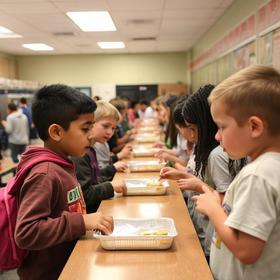
How Public Schools Support Students on Free / Reduced-Lunch Programs
Explore how U.S. public schools support students eligible for free or reduced-price lunch through nutrition, academic, and wraparound services in 2025.
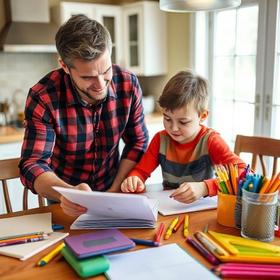
Hidden Costs of Public Schools: Fees, Supplies & Extras
Explore the hidden costs in public schools鈥攆ees, supplies, extracurriculars鈥攁nd how parents can plan for them in 2025.
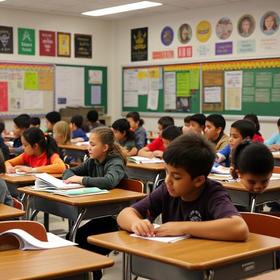
Public School Funding 2025: What Families Should Know
Essential insights on public school funding in 2025鈥攈ow it works, what鈥檚 changing, and what families should know to stay ahead.



